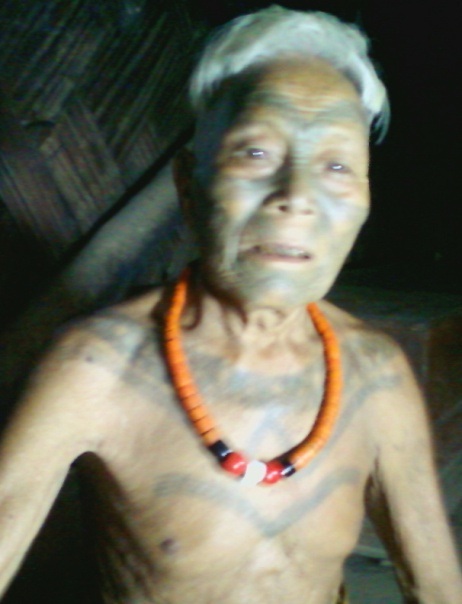Accession card
Description
For the Konyaks, tattoos are associated with traditional customs and culture which have their own distinct origin and significance and are called Huhtu or tatu in their language. The word ta means body, tu means to prick and ‘huh’ means ‘thorn’, which translates to pricking the body with thorns. The word huhtu is more commonly used among the Konyak Nagas over tatu.
The Konyak tattoo can be traced back to myths and legends and there are a couple of concepts regarding its origin which relate it to their practices of headhunting. However, not all tattoos are associated with that custom and can be broadly classified as having three broad elements - maturity or attainment of life-cycle stages, status and identity, and religious beliefs.
Being a part of Konyak custom, there was no escape from the process of tattooing as it was compulsory and forcefully done. Boys and girls get their first tattoo when they reach puberty and are considered eligible to begin a social life. Hence these tattoos are a sign of maturity. But being a patriarchal society, like all other Naga tribes, gender differences crop up soon in life as the tattoos of a man increase according to his achievement in life because meritorious acts and achievements were often associated with specific tattoos to commemorate those events.
Like any other Naga custom, even the practice of tattooing is not gender neutral. The customary laws of the Nagas are recognized as gender biased and often it is the males who are the dominant figures. The gender prejudice is evident from the rules related with tattooing. While the male tattoo symbolises honour and status; for women the tattoo is merely a practice to mark the passage of life or merely signify membership to a social unit
Project
Code
Date
Credits / copyrights
Y.Atan Konyak
University
Title
Medium
- Image
Image contains
Linguistic translation
Huhtu/tatu - tattoo
ta - body
tu - prick
huh- thorn




Comments
Dear Ra,